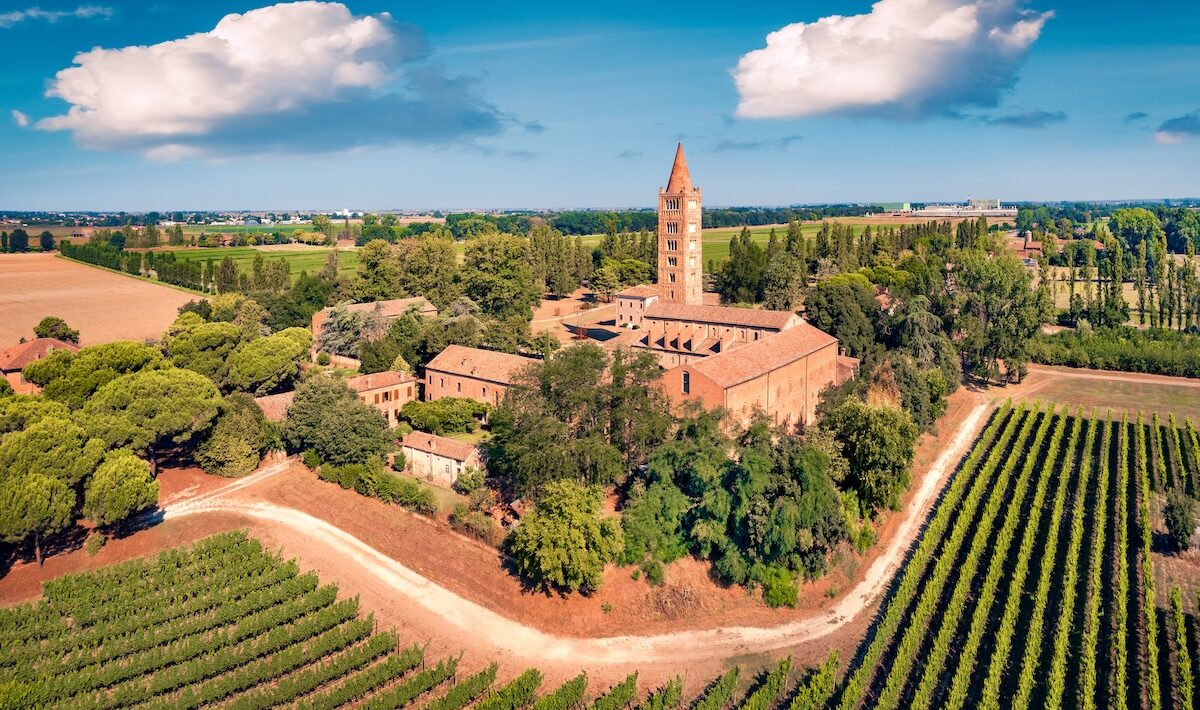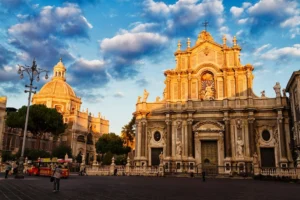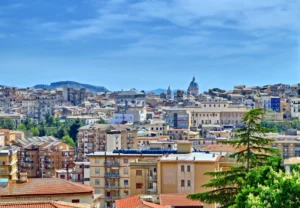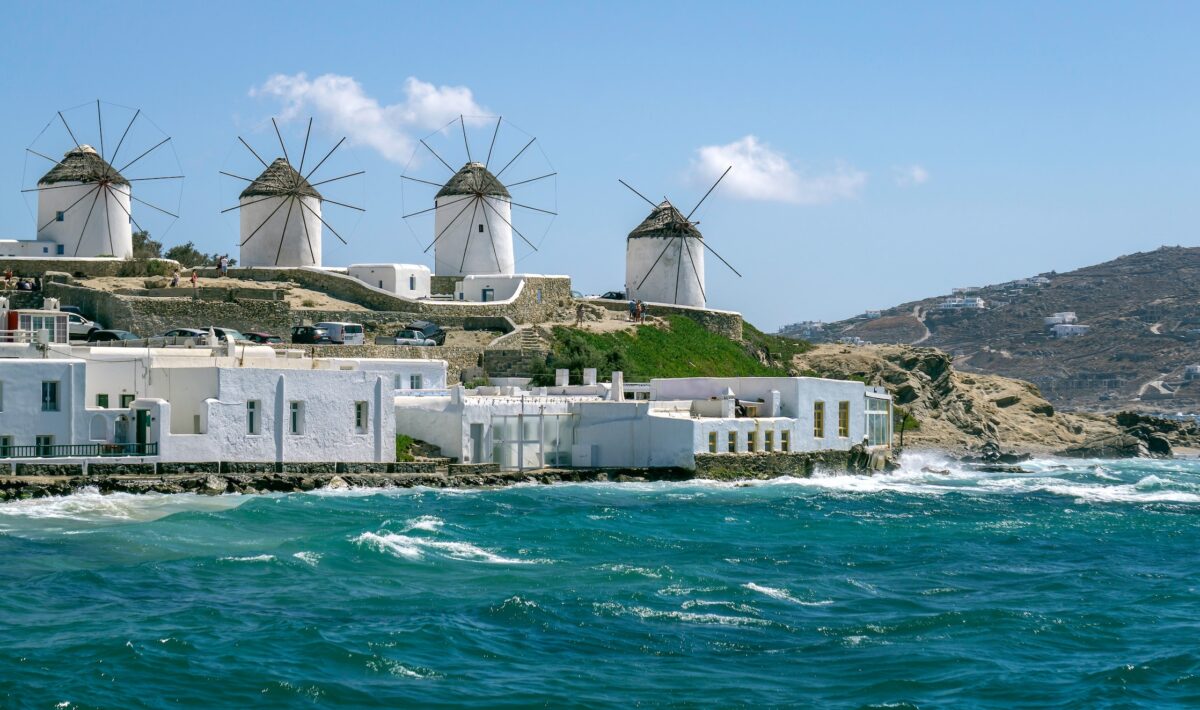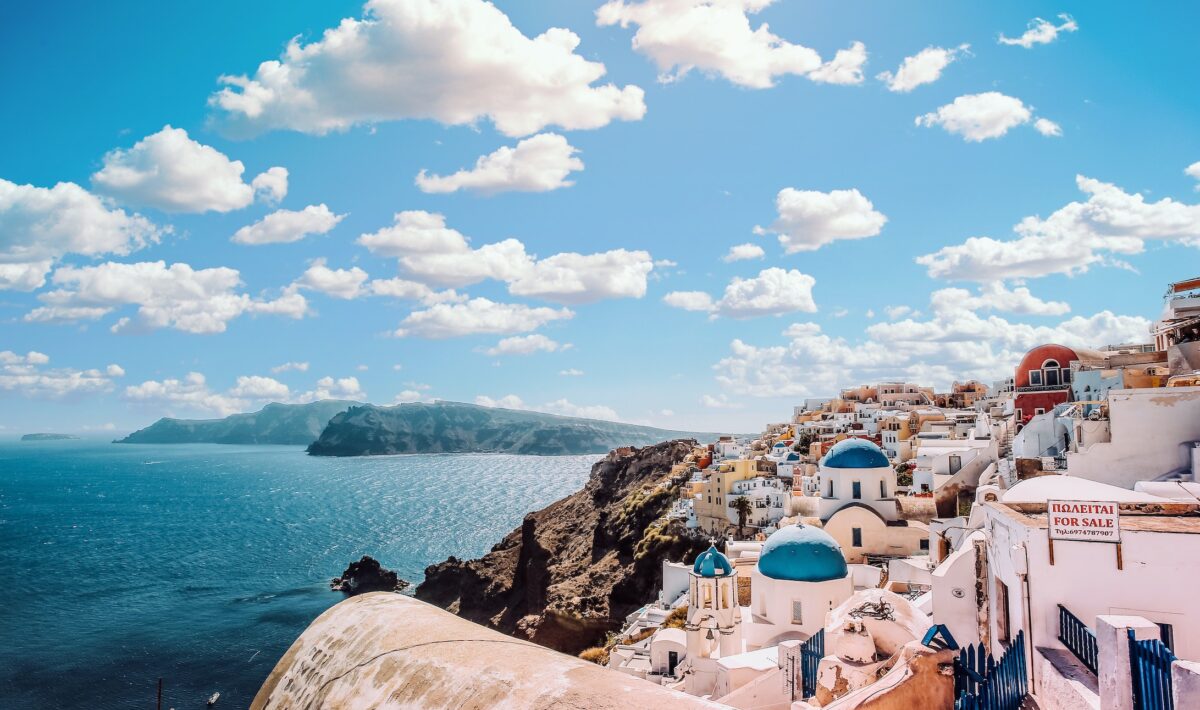As the clocks change in the UK our thoughts turn to next summer and future holidays. Our combined love of food/drink and travel got us thinking about travelling just to experience food and drink, er experiences. The fancy name is ‘Gastronomy Tourism’ or if you want to skip the food and focus on the wine, it would be called’ enotourism.’
- What is Gastronomy Tourism?
- What is EnoTourism?
- Is Food Tourism a new thing?
- Examples of Gastronomy Tourism Holidays
- Conclusion
Examples of Gastronomy Tourism Holidays
Let’s have a quick look at these terms then jump into what it *actually* means for our travel plans into 2024.
What is Gastronomy Tourism?
Gastronomy tourism, or “food tourism” as it’s often called, is a growing trend where the main attraction is—you guessed it—food and drink. Forget just grabbing a quick bite to eat; this type of holiday is all about diving into the local food scene. Whether it’s wine tasting in France, enjoying a seafood feast in Greece, or taking a cooking class in Italy, food tourism is all about making the most of what’s on your plate and in your glass. Think Rick Stein’s long weekends where the agenda and location are dictated by the food and drink.
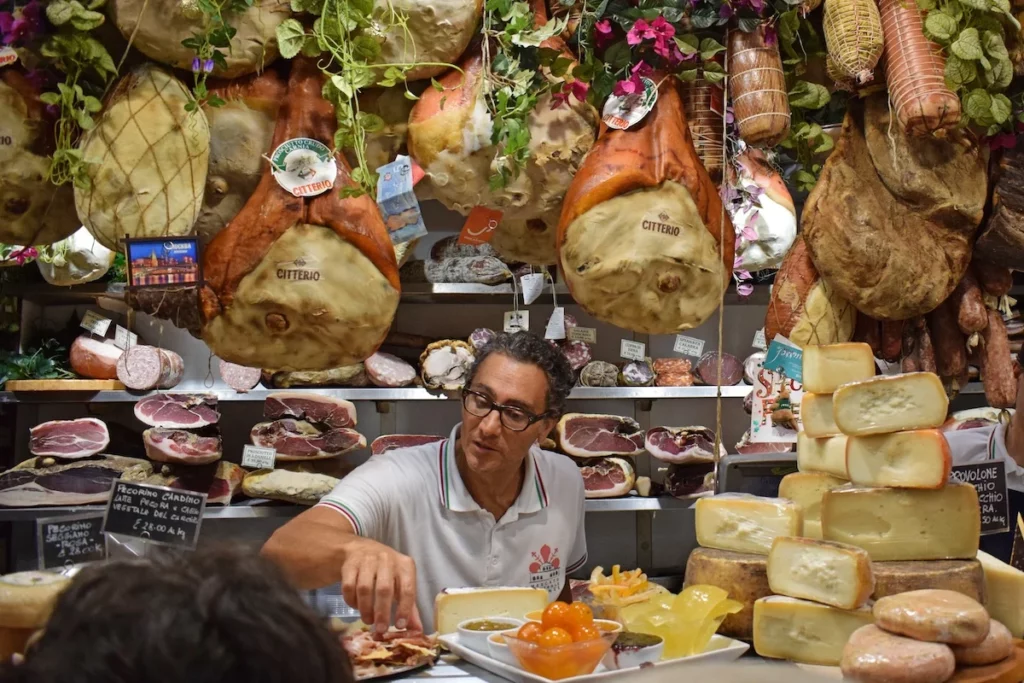
What is Enotourism?
In enotourism, travellers typically visit vineyards and wineries where they can tour the facilities, learn about the winemaking process, and, of course, sample a variety of wines. These trips often include guided tastings led by experts who can explain the different types of grapes, the characteristics of wines from different regions, and the art of pairing wine with food.
Popular destinations for enotourism in Europe include Bordeaux in France, La Rioja in Spain, and Tuscany in Italy. These regions offer not just a wide variety of wines but also stunning landscapes and rich local history, making the trip a multi-sensory experience.
Is Food Tourism a new thing?
Travelling for food isn’t a new idea. Places like France and Italy have always been hotspots for food lovers. So, what’s different now? Well, food is no longer just a part of the trip; it’s often the main reason people are travelling. Social media has really boosted this trend, with foodie posts inspiring us to try new dishes and visit far-off places. Plus, there’s a bigger focus on local and sustainable food, meaning travellers want to go beyond just eating—they want to know where their food comes from and how it’s made.
Examples of Gastronomy Tourism Holidays
1. Wine Tasting in Bordeaux, France
Spend your days visiting famous vineyards and your evenings enjoying top-notch French dishes. A trip to Château Margaux is a good place to start, taste the wine and finish off with a Michelin Starred dinner at Restaurant Soléna in the centre of town. As you might expect from a gastronomy hotspot, the menu is pretty rich – we hear the Blue Lobster (Le Homard Bleu), The Beef (Filet de Boeuf) are good choices. If meat isn’t your thing, you could try Restaurant Akashi, another Michelin Starred restaurant with a great vegetarian menu. We’re eyeing up the Salad of old tomatoes, burrata and pistachios (Salade de tomates anciennes, burrata et pistaches) and the Green asparagus, orange and ginger vinaigrette (Asperges vertes, vinaigrette à l’orange et au gingembre) if it is in season.
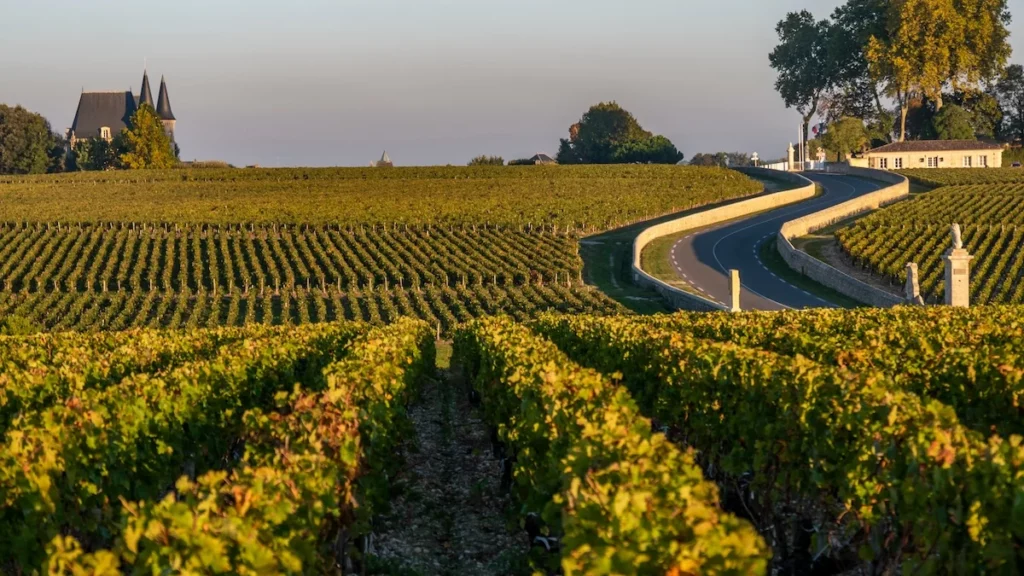
There are 20 Michelin Starred restaurants in Bordeaux so there is plenty to choose from. Many of the major Chateaux also offer accommodation. Château Cordeillan-Bages for example (owned by the same family that own Château Lynch-Bages) is a converted Catholic Monestary that has been a luxury hotel since the late Eighties.
2. Cooking Up Pasta in Tuscany, Italy
Located in central Italy, Tuscany has long been a foodie destination. For an authentic pasta experience you can check into any number of farmhouses, or wineries to get your hands on some pasta. We hear great things about Tenuta di Spannocchia that offers many different gastronomic experiences including pasta cooking, olive oil tastings and wine tastings. After a busy day ‘trying’ the local wine and pasta you can sleep it off in one of their comfortable rooms or small apartments.
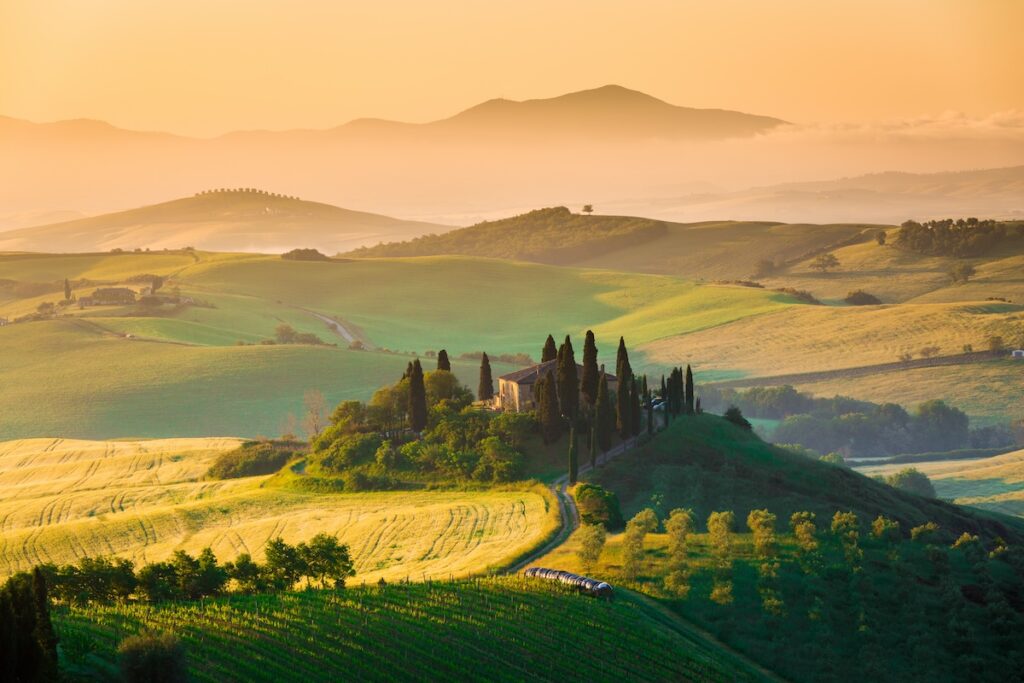
It is worth noting that these ‘farmhouses’ are pretty swanky affairs but if you want to add more wine focus then consider pasta cooking at Fattoria di Montemasso, a family owned winery in the Chianti Classico region. Yes there is a whole region named after a wine (or is it the other way around?)
Note that the Italian word for ‘wineries’ would be ‘vigneto.’ Now you know, vigneto’ – just drop the g so you don’t sound like a tourist! (vee-nyeh-toh.)
When in Tuscany do try the local pasta speciality. Pici are thick, hand-rolled noodles that are typically made with semolina flour and water, often served with a simple tomato or meat sauce.
3. Tapas Crawl in Barcelona, Spain
The Catalan capital offers hundreds of different tapas restaurants giving you endless options for a tapas crawl. At each restaurant you stop for a dish or two before continuing onto the next location. You may start with Patatas bravas, Croquetas de jamón or Gambas al ajillo before moving onto Queso manchego and Padrón peppers before ending with Escalivada (grilled vegetables) or Chorizo al infierno (chorizo sausage in a spicy sauce.) The number of dishes and restaurants.
Whilst the phrase is interchangeable you probably want to find Tapas Bars that are smaller and more intimate than the larger often upscale Tapas restaurants.
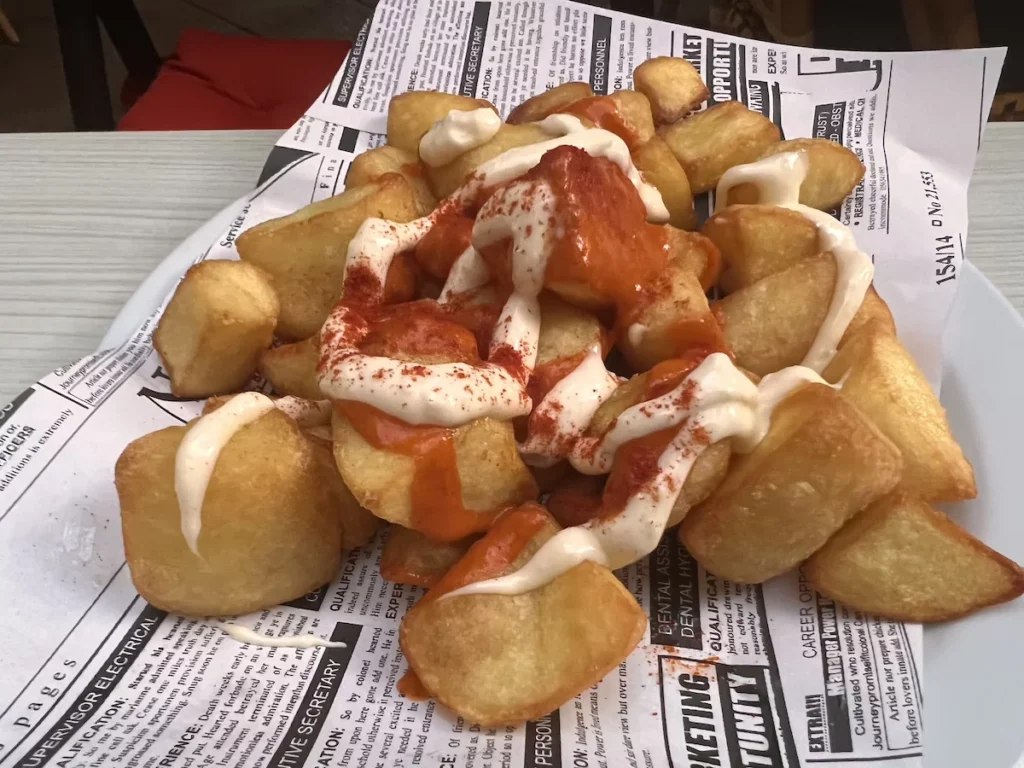
We enjoyed Restaurante Mateo – Tapas y Cerveza on our last trip, tucked away in a little corner of the Gothic Quarter, but there are so many more to try! There is no official route for your gastronomic tour but you can ask your hotel (or Google) for maps and suggestions, or follow your nose and see what you can find!
4. Seafood Journey in Scotland
Take a trip along Scotland’s coast to try some of the freshest seafood around.
There are many places to choose from, including Arbroath for smoked Haddock, Edinburgh for Michelin Starred restaurants like Martin Wishart and the Kitchin or The Isle of Skye for fresh oysters, scallops, and langoustines. Or you could build a full gastronomic holiday in the Argyll and Bute region, home to renowned seafood destinations like Oban, Tarbert, and Lochgilphead.
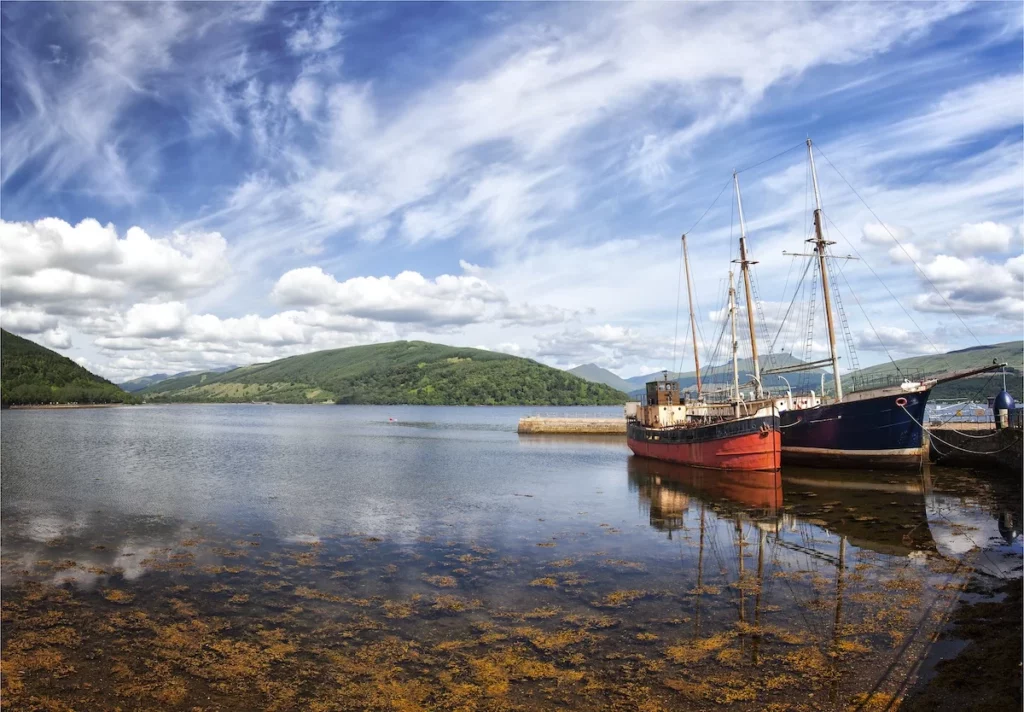
Head to Loch Fyne for Oysters, The Seafood Shack in Oban for fresh seafood, The Argyll bakers for freshly baked goods or Isle of Mull Cheese for… well you can work it out! The Kilchrenan inn near Oban makes the perfect base to explore the local food scene for a few days.
Conclusion
Gastronomy Tourism offers a unique way to get to know a place, through its flavours and food traditions. It’s not just about eating; it’s about experiencing a place with all your senses. As a team of foodies, we are excited about making gastro tourism the focus of our next travels, So, if you’re planning your next holiday and you’re a bit of a foodie, why not make food the main event?


